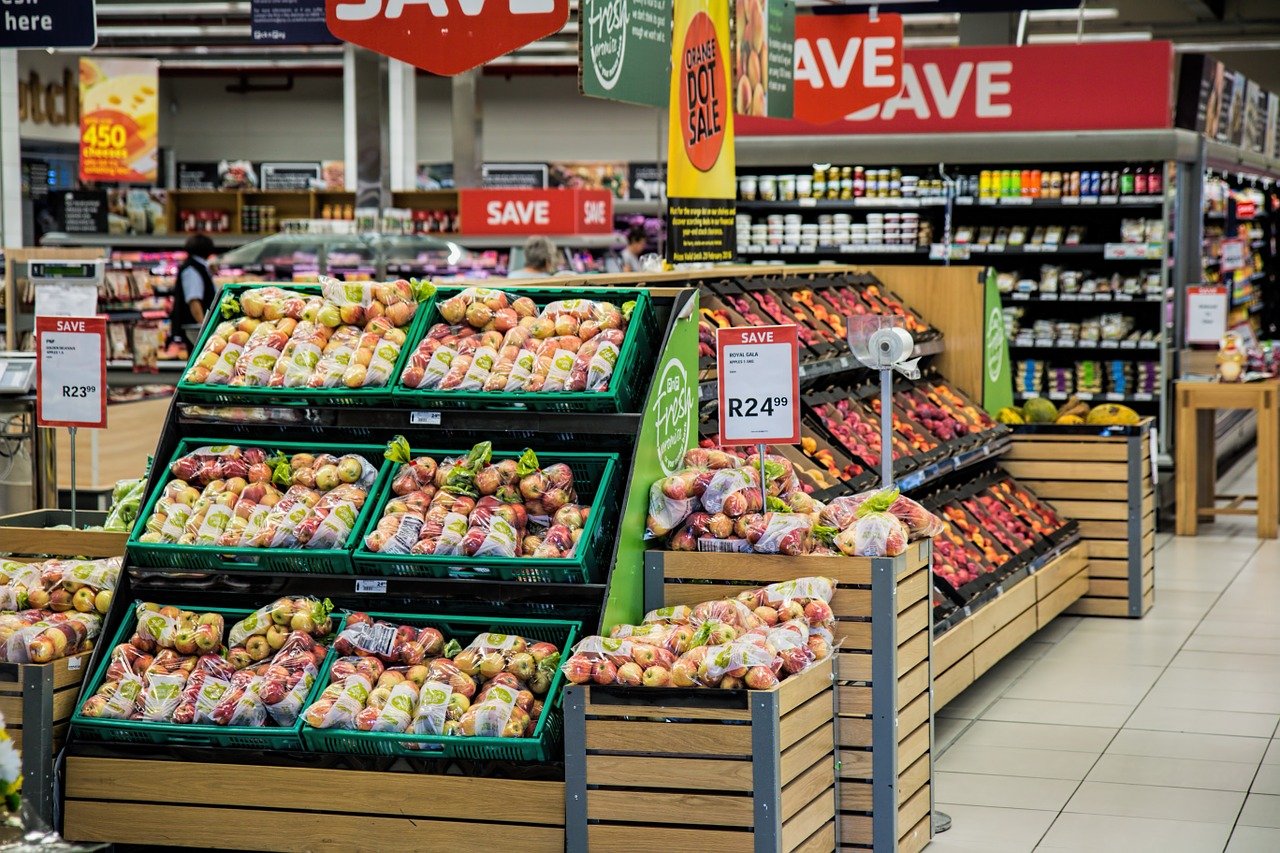La transparency is, without a doubt, a matter of vital importance in the world of food. That is why the OCU has decided to denounce how difficult it is to know the origin of many foods. ¡One of every ten break the rules! What are the practices of disinformation more widespread? Which products violate the regulations the most? Find out!
Where does fresh food come from?
La Organization of Consumers and Users (OCU) conducted a study to check the quality of the labeled of food products. The result of this is somewhat disappointing, since one in ten fresh foods does not clearly explain its origin. To talk about these results, we must first mention that the research has analyzed 5.317 foods en 500 supermarkets de ten cities. Of these, most were fresh (4.175) and the rest were packaged (1.142).
A tenth of the frescoes show lack of transparency for different reasons. Due to lack of basic information, because it is not read well or because it is contradictory. Another reason is that it is simply wrong. At the same time, in packaged foods (the vast majority) there is a different trend. There are five types (honey, oil, dairy, asparagus y mineral water) obliged to indicate their origin. Among these there was hardly breaches. However, the vast majority of packages are not forced to indicate the origin of the ingredients.

What foods lack transparency?
La meat is the one that most violates the regulations regarding the transparency. The meat of veal and of pig packaged violate it in the Present in several = 12% of the samples. In general, those in the study only indicated that he was of national origin but did not comment on the specific origin. At other times, the breeding place but not the one of birth nor the one of sacrifice.
Moreover, the Present in several = 11% of the samples of fish they did not correctly inform about their origin. It is common in fish aquaculture in which the country of breeding is not indicated. Instead, indicate the FAO zone as if they were of extractive origin. To finish, we refer to eggs in addition to fruits and vegetables. The former (especially the camperos) violate the regulations in 9% of the samples. On the other hand, the second group breaks it in 8%. They even contain double indications of origin (Spain/Morocco), which confuses the public.
From our writing we want to thank the work of the OCU when reporting these abuses. We consider them as such because information is power and each person should choose what they eat with awareness. There is a long way to go but we are not worried. It is clear that the origin of our food is increasingly present in the public opinion. How many people read the labels in the supermarket aisle compared to ten years ago?






